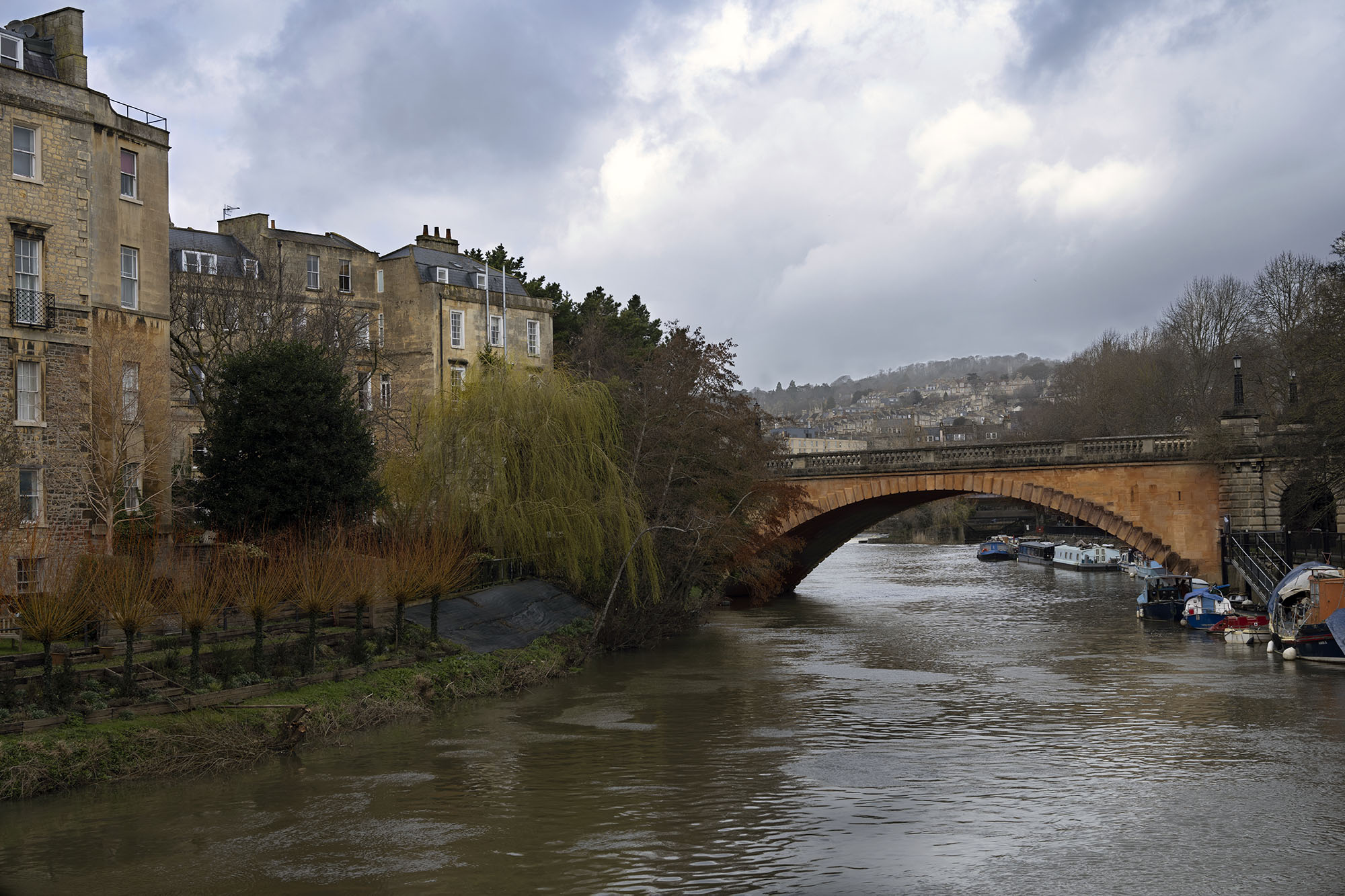
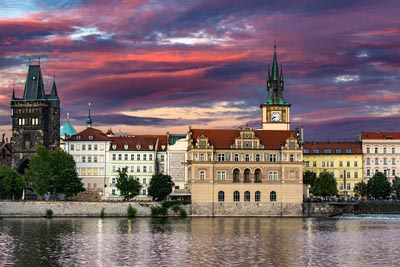
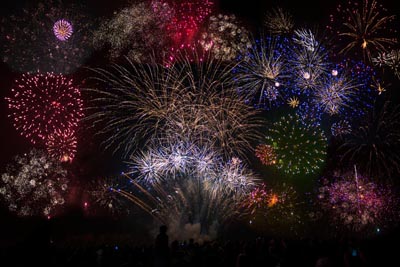
I have been an amateur photographer for many years. I enjoy photography with a passion, even though my actual profession has been in a scientific and engineering field throughout my working career to date. I carry my camera gear with me whenever I can, never wanting to miss an opportunity to take photos. I cover a number of genres such as wildlife, landscape, sports/action, portraits, etc.
I belong to two photographic societies and frequently enter images in their regular competitions. Despite having done photography for many years I take on board the judges comments, where appropriate, and try and improve my technique for the next time. Infrequently I have observed that an image will do well in one competition but may not do so well in an another, even though the number of entries and the standard of the competitions are similar but with a different judge.
Generally I have done reasonably OK and have won the “Photographer of the Year Awards” in colour prints and mono prints during a Season. At other times my images receive respectable marks (though not always) or a position.
Normally, my objective is to get the “best shot in camera” as I am not a great user of post processing (eg “photoshopping”) images too much. I lack patience in this field and especially when the weather is good, when I much prefer to be outside. Conversely though, I can naturally wait for ages to get a shot of a creature. I should perhaps address this discrepancy at some point to possibly achieve a better outcome as much as possible. I do, however, appreciate other people’s determination, patience and skills in diligently using Photoshop, etc and sometimes extensively to produce some remarkable results. Despite my impatience I would still like to improve my skills at some point in this “black magic art”. Particularly, for post processing of landscape images which, I believe, can often benefit considerably from it.
I generally use post processing for cropping, levelling, blending, and simple light corrections (mainly in auto mode). I use layers on occasions patience permitting and where their application is thought to likely bring about a synergistic effect. The images you will see from me are effectively “as taken”, near enough in this respect. I recognise this may not help me in achieving great awards but this is not my main aim in photography. It is simply to enjoy it.
When taking wildlife shots I never harm, misuse, or disturb any creatures from their natural habitat. I take pictures of both captive (ie in a zoo) and non captive animals. Many of my wildlife shots have been taken in parks and fields and on one occasion on safari in Africa. I treat wildlife and nature with great respect.
Almost always I shoot with my digital camera, which has a full frame sensor. Occasionally, I also take photos with my manual film camera bought many years ago. This is essentially because I want to maintain a habit, as much as possible, of taking pictures by thoughtfully composing the subject and the camera settings before pressing the shutter release button. This helps me to improve my shots. I find that film produces images that have an alluring character about them. I am not a great fan of manual focusing with classic cameras so auto focus is missed a lot when using film.
When shooting in digital I mostly use camera settings in manual mode M (photographer controls all camera settings) but normally use auto focus mode, except when doing macro work. I am also quite happy to use manual focus mode with “focus peaking” and in fact prefer it to auto focus in many situations.
Peak focussing pertains to higher end modern digital single lens reflex (DSLR) cameras and digital mirrorless cameras. For DSLR cameras it is achieved via the camera rear digital screen whereas for mirrorless cameras it can also be done from the internal electronic viewfinder. By manually turning the camera lens focussing is obtained when a colour (pre chosen in the settings) is highlighted. In practice it is accurate, fast, versatile and simple to use. Though similar in nature, peak focussing should not be confused with the yesteryears analogue parallax matching of “images” in film cameras.
For automation I generally use aperture priority, ie Av or A, where the aperture is set manually and the camera selects the shutter speeds.
Sometimes I use shutter priority, ie Tv or S, where the aperture speed is set manually and the camera selects the shutter openings.
I have used program mode P for inquisitiveness. This sets the camera to control the apertures and the shutter speeds automatically. I do not generally use program setting (P) as it does not always give me the desired results that I look for.
I do not normally use the fully automatic mode (A) either, where the camera controls everything including iso.
I do think, however, that “P” and “A” are useful features when a photographer wants to do some fast shooting in rapidly varying light conditions. Also, when you hand over a camera to someone to take a picture and they are unfamiliar with all the camera settings.
Despite the sophistication of modern digital cameras I avoid high iso settings as much as possible usually maintaining a value not exceeding 2000 but normally keeping to 200 or less in normal use. I find a judicious setting of these variables, helps me to achieve optimum results. Occasionally though, I use auto iso but keep it within a narrow band.
Iso is the sensitivity of a film or a camera sensor to light. The higher the iso setting the more sensitive the film, or sensor, is to light. A higher iso results in more grain (or noise) but allows faster shutter speeds to be used in dim light. This is useful particularly in capturing action shots in low light situations such as indoors. Also, post processing of the shot can allow some grain correction to give acceptable or even very good results.
Modern sensor technology gives flexibility in using high iso settings and faster shutter speeds. Larger pixels but less pixel count generally gives the better outcome for low light use.
The quality of a camera lens is also of prime importance, particularly for professional photographers. Probably, it is more important than the sophistication of the camera functions or the pixel count. A fast lens of top quality glass is a must for most professional photographers and may cost several thousands of pounds as their livelihood usually depends on it.
As an amateur photographer I have acquired some lenses over the years for my use. I have a wide angle lens, an old standard 50 mm manual focus lens, a second hand macro/portrait lens and a zoom lens of adequate quality. All these lenses give me good service as an amateur but are probably now superseded by much more modern lenses.
I also have a tripod and a mono pod and take them with me in the car in case I need them when on a photo outing. However, I don’t normally like carrying them around with me due to their bulk and weight. I more often leave them behind in the car. I take them with me only as a last resort and if deemed absolutely necessary.
In the first instance I try and determine if other options will do. For example are there or will there be any places where I could place the camera securely and use the self timer instead, will a flash suffice, or will a higher iso setting do. Notwithstanding this, a tripod is an invaluable piece of equipment for any photographer not just for low light situations but also for composing and framing thoughtfully to achieve the right results. For wildlife photography I find a monopod is better than a tripod as it’s more dextrous. However, for wildlife photography I virtually always take hand held shots.
All low light images in this website have been taken without a mono pod or tripod.
I would like you to enjoy viewing some of my images shown on this website.
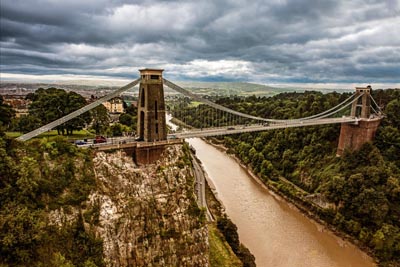
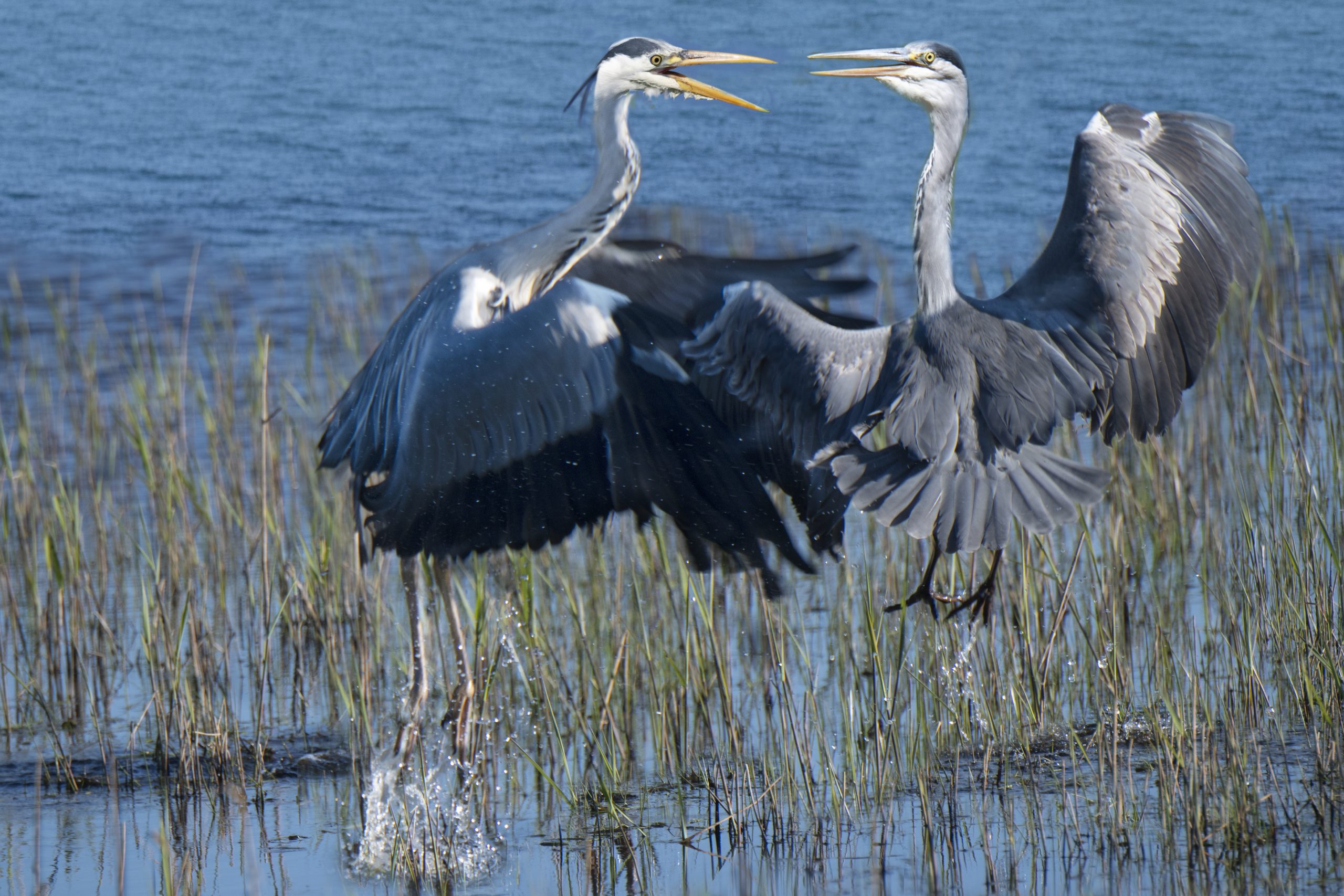

©